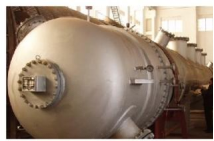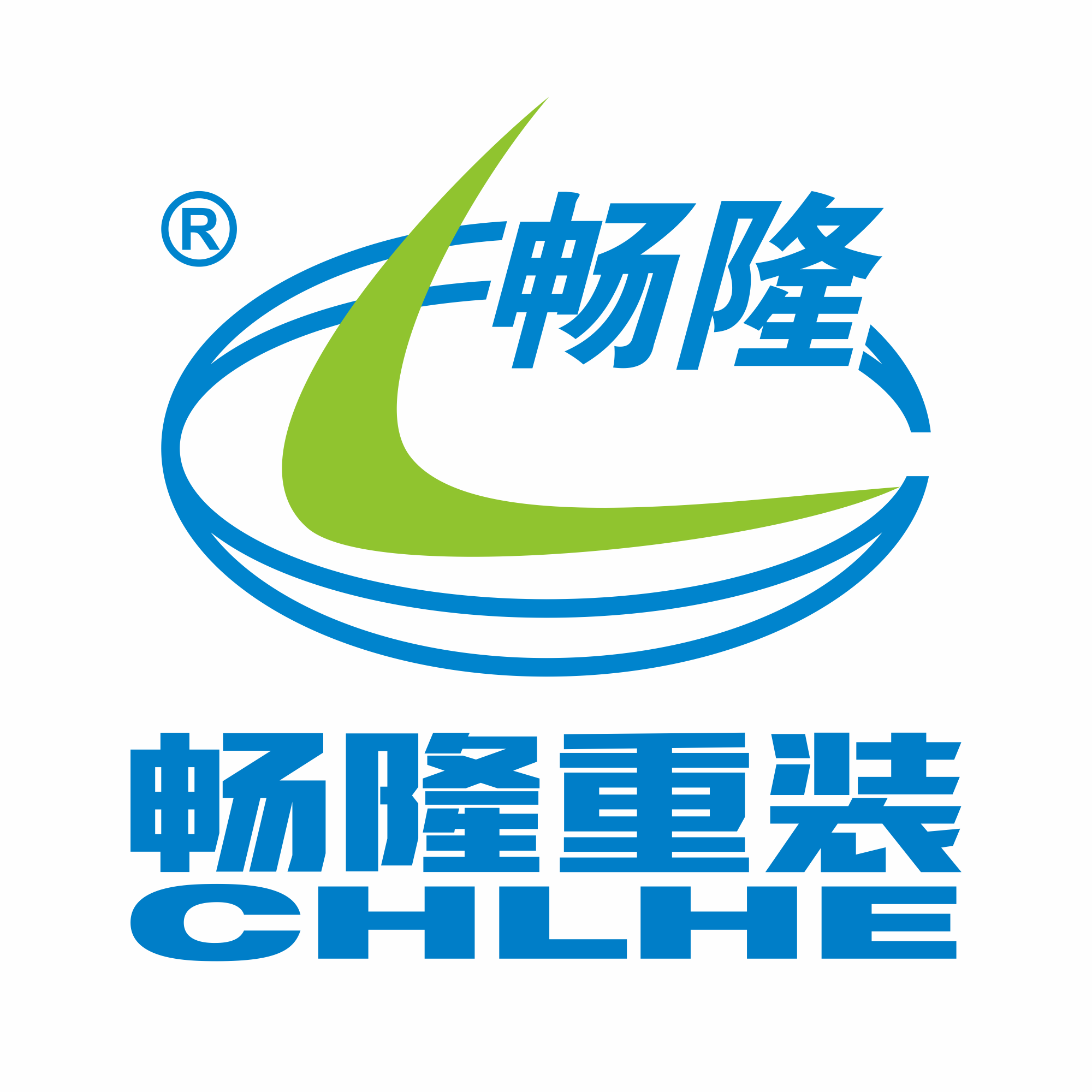
The high-pressure heater introduces high-pressure steam extracted from the turbine to heat the high-pressure feed water of the boiler, while the low-pressure heater introduces low-pressure steam from the turbine to heat the low-pressure feed water from the condensate pump, so that the feed water reaches the required temperature, improving the flow characteristics of the turbine and thus ensuring the output of the power plant unit and increasing the cycle thermal efficiency.
The high-pressure heater introduces high-pressure steam extracted from the turbine to heat the high-pressure feed water of the boiler, while the low-pressure heater introduces low-pressure steam from the turbine to heat the low-pressure feed water from the condensate pump, so that the feed water reaches the required temperature, improving the flow characteristics of the turbine and thus ensuring the output of the power plant unit and increasing the cycle thermal efficiency.
Adopt advanced design methods, select the optimal steam and water flow velocities, achieve good heat transfer and low steam resistance.
According to user requirements, various types of heaters such as vertical straight U-tube, horizontal U-tube and vertical coil tube heaters are designed. The coil tube heater has a unique structure, with advantages such as good heat transfer effect and easy replacement of coil tubes. The heat transfer tubes are designed as steel pipes or stainless steel pipes according to user requirements.
Each set is equipped with a reliable safety protection system. Each heater is equipped with water level display, regulation and alarm devices. The condensate water level is automatically regulated. In case of accidents, it can quickly switch to the bypass. Safety valves are installed on both the tube side and the shell side to prevent overpressure.
The superheating adopts counter-current heat transfer, which not only reduces the temperature difference stress of the tube sheet but also eliminates the stress corrosion at the connection between the tube and the tube sheet.
Under the same parameters, the heat transfer area of the heaters designed by our company has an ample margin (about 5 - 10%) compared with those of domestic and foreign counterparts in the same industry, ensuring good adaptability of the feed water temperature rise under different working conditions.
In the design, the flow velocity of the feed water inside the tube is limited to less than 2.4m/s. An anti-scour device is installed on the feed water inlet side to prevent scouring at the inlet end of the tube. A baffle is added at the steam inlet to limit the steam flow velocity inside the tube bundle and buffer the impact on the heat transfer tube.
The tube sheet is designed based on pressure analysis, with a reasonable pressure distribution and uniform force on the tube system, enabling the heater to achieve high reliability under operating conditions.
Automatic welding machines are used for surfacing to ensure the carbon content of the surfacing layer and the welding quality between the tube and the tube sheet.
Numerical control drills are used for tube sheet drilling to ensure the accuracy of tube holes, geometric tolerances and surface roughness.
Expansion is carried out using an expansion machine. The expansion length can reach the entire thickness of the tube sheet. The expansion quality is stable and efficient, ensuring the bonding strength between the tube and the tube sheet.
Full-automatic argon arc welding is adopted, with one pass of self-fusion welding and two passes of wire filling welding. The weld angle height is ≥ 3mm, and flaw detection is carried out to ensure the quality of the weld.
The inlet and outlet pipes, tube sheet, water-side cylinder and end cover are all made of Class III or IV forgings. The sealing surfaces of the cylinder and end cover are machined with tools or grinding tools to achieve a roughness of more than 3.2μm. There has been no leakage at these sealing surfaces during operation in various power plants.
The processed tube sheet is placed in a clean anti-corrosion tank for cleaning of oil stains and rust. The cleaned tube sheet ensures the welding and expansion quality with the tube.
